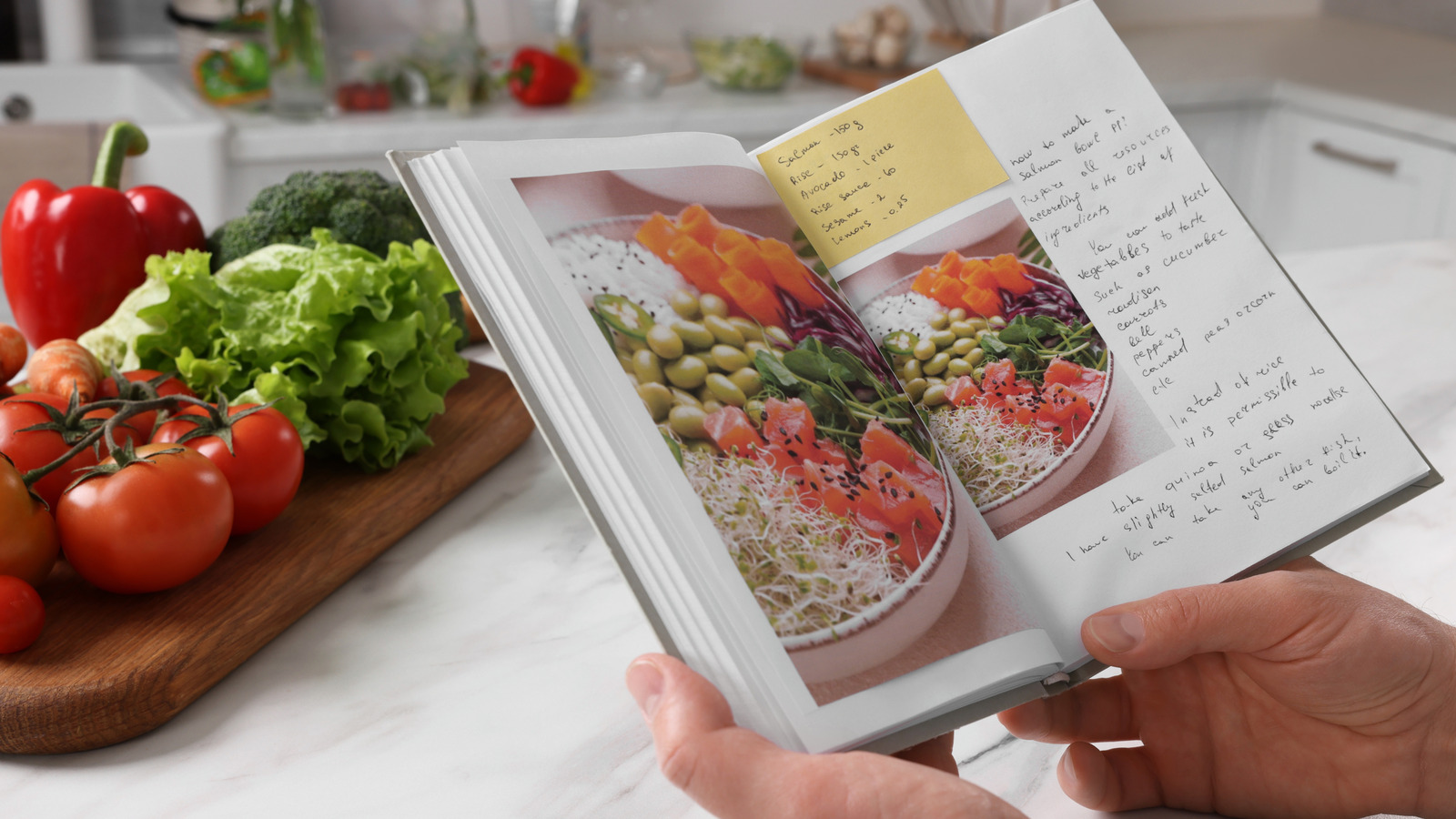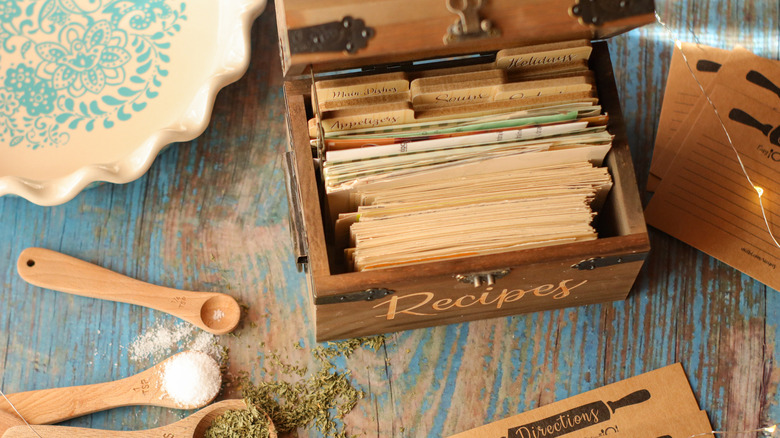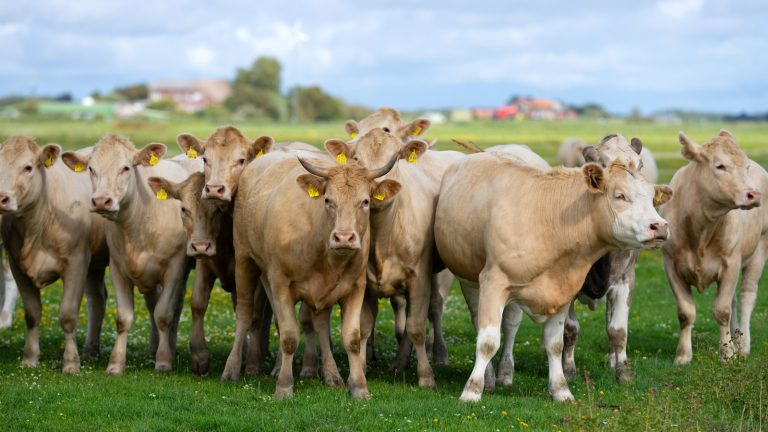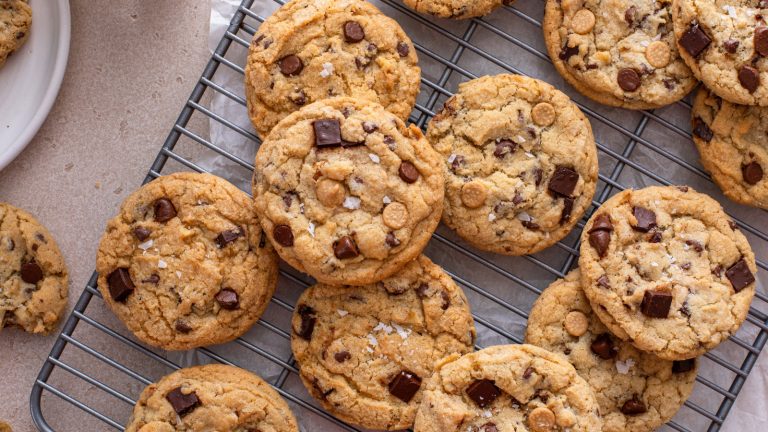While it’s a truth widely acknowledged that a recipe for your grandmother’s chocolate chip cookies almost always tastes better than one perfected in a corporate test kitchen, this is far from the only reason vintage and heirloom recipes are important. Food not only nourishes our bodies, but it also tells a story. A generation’s favorite foods reveal quite a bit about their culture, economic status, regional trends, and individual family traditions.
For instance, recipes for desperation pies from the 1930s show how homemakers persevered in making treats for their families despite the overwhelming circumstances presented by the Great Depression. Your grandmother’s recipe for pierogies might use traditional techniques blended with nontraditional ingredients, showing how she adapted to life in a new country. Finding a collection of such recipes often feels like uncovering buried treasure. As an added bonus, this kind of treasure-hunting helps preserve a little bit of history while also adding tons of tasty new dishes to your personal repository.
Finding the best vintage recipes is fairly simple, it just takes a little bit of ingenuity and observation. First, haunt your local thrift stores and yard sales to search for well-worn cookbooks and boxes full of recipe cards. Once in hand, identify the most used (and likely most beloved) recipes by looking for cards and pages that are worn, stained, or covered in handwritten notes. For example, a classic beef Wellington recipe with a faded fingerprint over the title might be a whole lot tastier than one on a card that looks like it’s never been used.
Preserving your vintage recipes for the next generation
Possibly the most important part of treasure-hunting for the best, tastiest vintage recipes is preserving them for the future. After all, it’d be a shame if your collection of eccentric, yet delicious, appetizer recipes from yesteryear sustained water damage or crumbled apart, rendering them unreadable. According to Archives.gov, handling these recipes with care includes storing them flat in a cool, dry place and keeping them well away from heat and liquid when referencing them while cooking.
If you’re a notoriously messy cook (no judgement — we’ve all been there), or are making a recipe that splatters, you can slide individual cards or pages into a plastic sleeve to keep them from getting further stained. It’s also important to use a gentle touch when leafing through old cookbooks, as the spine may not be as sturdy as it used to be. If you’d prefer to avoid handling delicate pages, you can also create scanned digital copies of your favorite vintage finds, which also enables you to easily share them.
Of course, not every old recipe book can be preserved. Books or card collections with black spots, odd-colored powdery areas, or telltale green fuzz are likely moldy and not suitable for use in the kitchen, as they could release spores in the air and contaminate your food and, worse yet, your lungs. Wear gloves and a facemask to copy any recipes you want to preserve onto clean paper, and then discard recipes with these kinds of damage.






